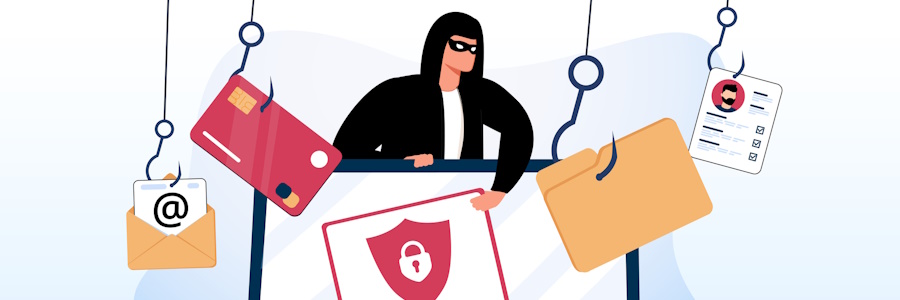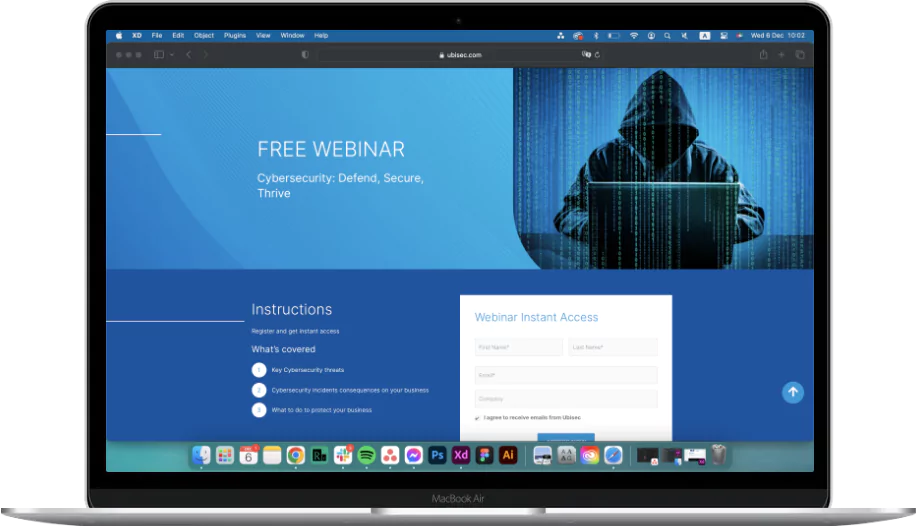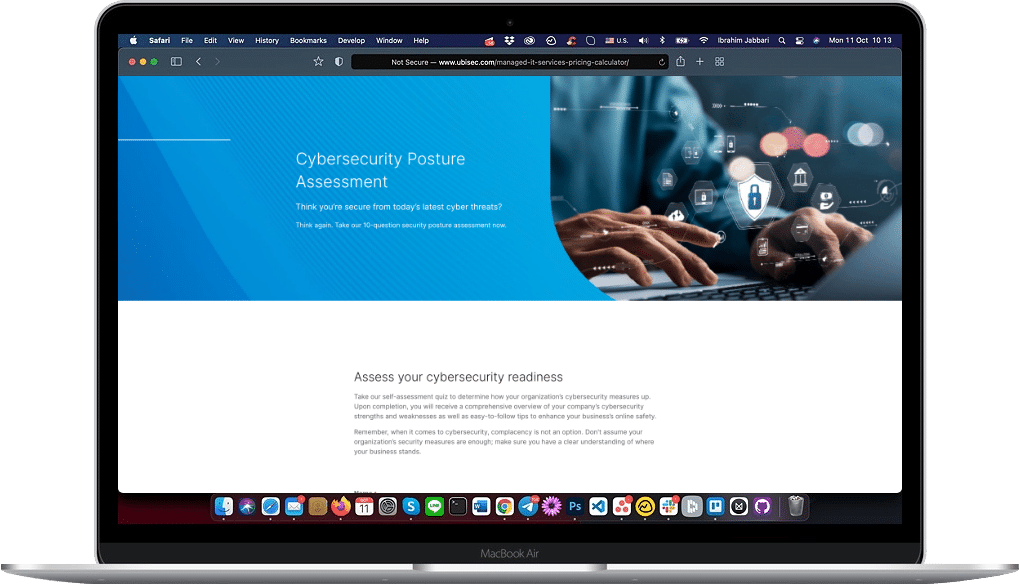Email scams, a modern-day digital plague, infiltrate our inboxes daily, preying on our trust and exploiting our vulnerabilities. With deceptive tactics and cunning schemes, cybercriminals orchestrate these scams to defraud personal information, financial assets, and sensitive data from unsuspecting victims. In this comprehensive guide, you’ll dive into the insidious realm of email scams, exploring their nefarious implications, dissecting common types, and equipping businesses with robust strategies to combat these cyber threats.
What Does Email Scam Mean?
Email scam, the covert art of deception in the digital age, entails the dissemination of fraudulent emails with malicious intent. Cybercriminals masquerade as trusted entities, employing sophisticated ploys to lure recipients into divulging confidential information or falling victim to nefarious schemes. From phishing expeditions to elaborate ruses like Nigerian scams and lottery hoaxes, these scams infect our digital landscape, posing grave risks to individuals and businesses alike.
Top 5 Email Scams
1. Phishing Scams
At the forefront of cyber deception, phishing scams masquerade as legitimate correspondence, enticing recipients to disclose sensitive information or unwittingly download malicious software. Spoofed sender addresses, counterfeit invoices, and fabricated urgency are hallmarks of these scams, targeting both individuals and businesses with equal impunity.
2. Ransomware Attacks via Email
Ransomware, the bane of cybersecurity, infiltrates systems through deceptive email attachments or links, encrypting data and extorting victims for monetary gain. With businesses bearing the brunt of operational disruptions and financial losses, robust employee training and stringent cybersecurity protocols are imperative defenses against these insidious attacks.
3. Business Email Compromise (BEC) Scams
Capitalizing on trust and authority, Business Email Compromise scams impersonate executives or trusted vendors, coaxing unwitting employees into divulging sensitive information or authorizing fraudulent transactions. Vigilance, internal controls, and meticulous verification procedures are paramount in thwarting these sophisticated cyber ploys.
4. Fake Invoice Scams
Crafted with meticulous precision, fake invoice scams dupe businesses into remitting payments for fictitious services, siphoning financial resources, and eroding trust. Rigorous invoice verification procedures and diligent scrutiny are indispensable shields against these cunning stratagems.
5. “Work from Home” Phishing Scams
In the wake of remote work proliferation, “work from home” scams are increasing. Cybercriminals exploit vulnerabilities arising from the use of personal devices for professional endeavors. Remote workers must remain vigilant, adhering to cybersecurity best practices and exercising caution when navigating digital landscapes fraught with peril.
Are you unsure about your organization’s current cyber security posture? Take our latest cybersecurity posture assessment now!

Real-Life Examples of Scam Emails
Phishing Attack Example
Apple ID scam
In a real-life phishing scam scenario, individuals receive a notification claiming their Apple ID has been locked due to numerous unsuccessful login attempts. This fraudulent message induces panic by instilling a sense of urgency, prompting victims to hastily enter their Apple credentials on a counterfeit website linked within the email.
Ransomware Attack Example
Colonial Pipeline Attack
Fast forward to 2021, when the Colonial Pipeline company fell prey to a crippling ransomware attack that reverberated throughout the United States. Cyber attackers seized control of vital systems, forcing Colonial Pipeline to pay almost $5 million in ransom to regain operational control and minimize the far-reaching consequences of fuel shortages and economic turmoil.
Cyber Attack Example
REvil Supply Chain Attack
Enter the REvil ransomware group, orchestrators of one of the most audacious supply chain attacks in history. In 2021, exploiting vulnerabilities in IT management software from Kaseya, REvil unleashed a global onslaught, infecting up to 1,500 organizations worldwide. With the tendrils of cyber malfeasance extending far and wide, the REvil saga underscored the systemic vulnerabilities plaguing modern-day enterprises.
Malware Attack Example
Emotet Trojan
Since its emergence in 2018, the Emotet trojan has wreaked havoc on unsuspecting victims, infiltrating systems via malicious email attachments with ruthless efficiency. By stealing data and gaining unauthorized access to networks, Emotet has inflicted over $3 million in damages, leaving a trail of shattered cybersecurity paradigms in its wake.
The Dangers of Malicious Links in Emails
Boomerang
At the heart of every phishing expedition lies a deceptively innocent-looking link, poised to unleash chaos and wreak havoc on the unwary recipient. Disguised as legitimate URLs or enticing offers, cybercriminals utilize these links as the digital gateway to a world of cybercrime, where personal information, financial assets, and digital identities hang in the balance. Clicking on such links can unleash a cascade of consequences, from malware infections and identity theft to financial ruin and reputational damage, leaving victims grappling with the fallout of their ill-fated click.
Link Shorteners
In their relentless pursuit of deception, cybercriminals employ a potent weapon in their arsenal: link shorteners. These seemingly innocuous tools serve to obfuscate the true nature of malicious links, cloaking them in a shroud of anonymity and deception that renders them virtually indistinguishable from legitimate URLs. By disguising fraudulent links behind a veil of shortened URLs, scammers exploit the inherent trust placed in these services, luring victims into a false sense of security and increasing the likelihood of their unwitting complicity in cybercrime.
Would you like to learn how to protect your company from the next impending cyber threat? Check out our cybersecurity webinar to learn now!

Protecting Your Business From Email Scams
Employee Training
Empowering employees with cybersecurity awareness training is the cornerstone of email scam prevention. Equipped with knowledge of phishing red flags, safe email handling practices, and robust password management, employees become formidable bulwarks against cyber threats.
Technical Safeguards
Deploying email filtering and spam detection software fortifies businesses against the deluge of malicious emails inundating their inboxes. Regular software updates and security patches bolster the resilience of organizational defenses, thwarting cyber adversaries at every turn.
Internal Controls
Implementing stringent protocols for financial transactions and data access mitigates the risks posed by email scams. Scrutinizing sender addresses, hovering over links to reveal their actual destinations, and verifying the legitimacy of emails with trusted sources can serve as adequate safeguards against the perils of cyber deception.
Conclusion
In the perpetual cat-and-mouse game of cybersecurity, email scams loom large as a formidable adversary, threatening the very fabric of our digital existence. Armed with knowledge, vigilance, and proactive measures, businesses can turn the tide against cyber predators, fortifying their defenses and safeguarding their assets from the scourge of email scams. Together, lets embark on a journey of resilience and empowerment, championing cybersecurity as an indispensable cornerstone of modern enterprise. Let’s get started in protecting your company from these inevitable email scams. Contact us here to get started!
FAQs
Signs of an email scam: Suspicious sender addresses, urgent requests for personal or financial information, grammatical errors, and unexpected attachments or links.
Protect yourself from email scams: Be cautious of unsolicited emails, avoid clicking on suspicious links or attachments, verify sender addresses, and use reputable email filtering software.
If you suspect an email scam: Don’t click links or provide personal info, report it as spam or phishing, and consider contacting relevant authorities.
Examples of top email scams: Phishing emails, lottery scams, and business email compromise scams impersonating executives.









